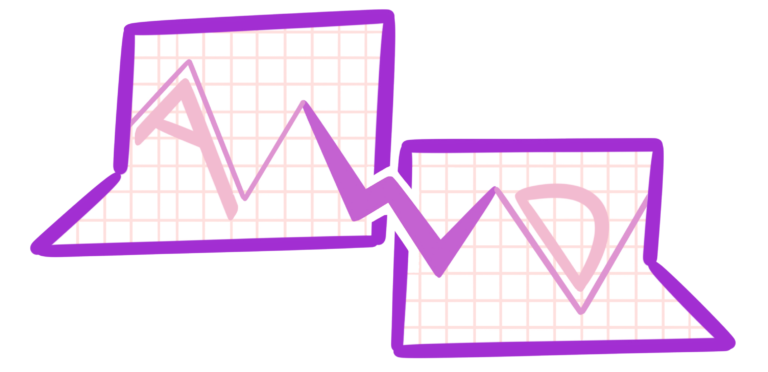ARGUING WITH DATA
Get in Touch
Have a question or want to submit a resource to the Library? Fill out the form below, then I’ll get in touch with you as soon as I can. I’m a full time teacher, so responses may be delayed.
Frequently Asked Questions
I wanted to answer some questions you might have about who I am, this curriculum, and how it can be used.
Yes. I have a B.A. in math from Columbia, a master’s in teaching math, a research-based master’s in communication, and a decade’s experience teaching regular and A.P.-level statistics. I read all 400+ sources cited in the book, plus many others. That said, we can all make mistakes, so please let me know of any errors or omissions you spot!
No, I think it would work for a first course in college. Adult learners might also find this curriculum useful and interesting. I included the answer key for each quiz for the self-directed learner; they can read a chapter, take the quiz, correct themselves, and if necessary, take a second version of the quiz. (I did not include answers keys for unit tests or exams to preserve them for classroom assessments.)
This is unapologetically a regular-level statistics curriculum. Students will only learn a few calculations (e.g., confidence intervals, probability). Instead, students will focus on acquiring conceptual understanding first, for example, the concept of what a confidence interval is and how to think about probability.
I’m a regular classroom teacher, not a major textbook publisher. I’m planning to submit this curriculum in my home state of Oregon for their approval, but I lack the resources to submit it to 49 other states. If you’re at a school where you can use your professional judgment to decide what materials to use, great! You don’t need state approval. If you’re at a school where that’s not the case, might I suggest using this textbook as a supplement? You can pick and choose whatever parts you like.
I think so! (For those of you who don’t know, some states are recommending two high school years of algebra and geometry, followed by a third high school year of math in another pathway, such as data science.) But as stated before, this is unofficial.
It’s my belief—and the opinion of a lot of experts—that a simplistic, formulaic approach to p-values lead to the current replication crisis in several research fields. The better, and frankly easier, alternative is using confidence intervals instead. However, I included both p-values and confidence intervals in the section on the interpretation of research results because p-values are so prevalent. Calculating p-values isn’t covered in this textbook; that’s for students to learn in a future course, if they choose to go on in statistics.
Yes, check out the American Statistics Association‘s recommendations, the K–12 portion of which was also signed by the National Council of Teachers of Mathematics. I’ll quote the A.S.A.: “The ultimate goal: statistical literacy for all” [emphasis theirs], which they define as “having a healthy dose of skepticism about findings based upon data. A statistically literate high school graduate will be able to evaluate conclusions from data and judge the legitimacy of reported results” (p. 5). If you read the report, it’s clear that professional and research statisticians would like to see more discussion in K–12 statistics education of different methods of data collection, including looking at real data that require clean up, as well as how to ask statistically-appropriate research questions.
Everything is copyrighted under a Creative Commons license. The textbook is a no-derivatives allowed copyright, but everything else is free for you to alter as you see fit. All I ask for in return is that you share materials with me: interesting problem sets, worksheets, applications, and the like. I hope that this website can be a community of people who share resources to help us teach statistics in this new way.
